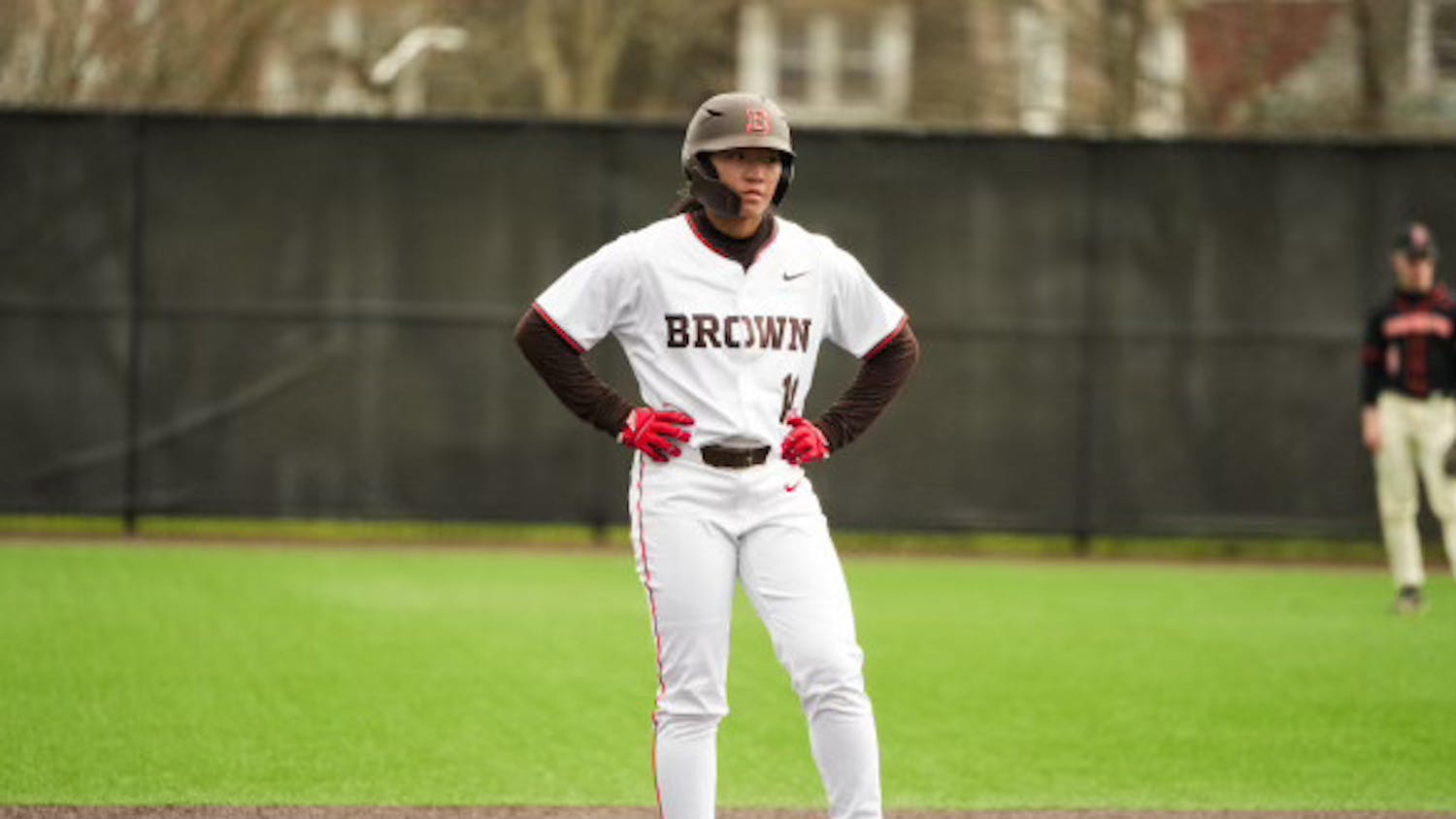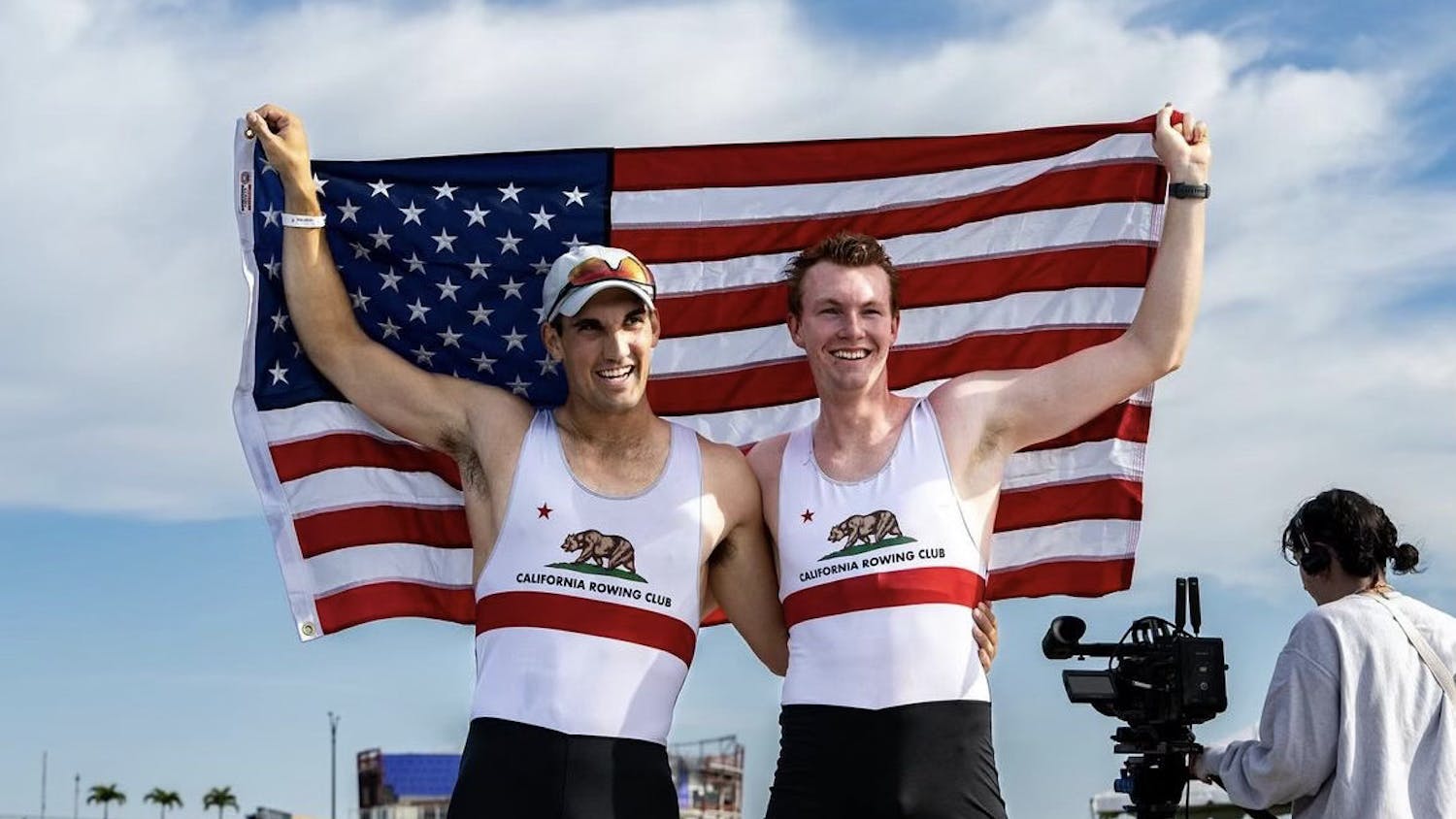The Dartmouth sat down with three athletic administrators — senior associate athletic director for physical education & recreation Joann Brislin, director of fitness Hugh Mellert and coordinator of intramural and club sports Theresa Hernandez — to talk about the nuts and bolts of PE and intramural sports.
Why does Dartmouth require its students to complete three PE courses?
JB: It’s a faculty requirement. It’s been in place for as long as I know — I’m sure it dates back to the early 1900s.
If Dartmouth requires three PE courses, why aren’t the costs covered in tuition?
JB: The biggest reason is that we don’t have subvention from the College to cover the cost of instructors, so the cost of PE courses covers the instructors. We have the opportunity for a PE discount, and we have an allocated amount of money from the President’s Office. Financial aid is the determinant of who qualifies. They receive information where they can apply for the PE discount. The financial aid office determines the level of their need and if they complete the requirements of the credit then their student accounts are reimbursed.
In what ways has the PE program grown over time?
JB: The Zimmerman Fitness Center is just 10 years old. In Dartmouth terms, we didn’t have a fitness center like that. We didn’t have the opportunity for the general student body to participate in that kind of fitness.
HM: In the 22 years that I have led the [Fitness and Lifestyle Improvement] program, we have gone from about 15 to 20 fitness classes to 60 to 70 fitness classes offered for PE credit.
How do new programs get created? Do students request them or do instructors put in proposals to the program?
HM: New fitness classes are added as trends in the fitness arena change. Five years ago we did not have Zumba — now it is one of our most popular classes. Sometimes we have students who may have a particular skill or background in a certain fitness discipline, and we will work with that student to develop a class. We are constantly evaluating our offerings and modify the disciplines as we see what might be more appealing to our participants.
How did members of varsity or club teams become involved with PE courses — for example, hockey players teaching skating?
JB: There’s student interest in learning how to skate, for example, so we reach out to people with that expertise. Often people with that expertise are students, and they are hired as their student job to instruct a PE class.
With so many courses and sports, is it difficult to provide adequate practice spaces?
HM: Space is always a challenge and we have a priority list for distribution of the space. PE classes are at the top of that priority list. We work together as a team to come up with the best allocation of space.
Can you explain the different intramural sports leagues (such as Granite and Moosilauke) and how individuals are placed into each one?
TH: Winter is our most popular term for intramural sports. Each term we always offer a women’s league by itself. As far as competitiveness goes we have the Granite league, the most competitive, where you’ll see a lot of the club teams participate in that league and ex-varsity players from high school. Our Moosilauke league is moderately competitive. It’s more of a YMCA and recreational style league. In order, we offer Co-Rec where we stick a gender requirement for it to be approved. Being placed into leagues is pretty self-selected, but we do monitor it. We want to create an environment where students can thrive in and feel incentive to want to come back.
How has the housing system shaken up the intramural sports scene?
TH: It gives students who otherwise would not participate in intramurals an opportunity to do so in a friendly, fun environment where the house professors are very nurturing, and the ADs are there to support them and really offer another outlet for them. Students, even from some of the fraternities, sororities or a part of different organizations have now grouped themselves with their houses. It gives students another opportunity to play intramurals in separate leagues.
This interview has been edited and condensed for clarity and length.


